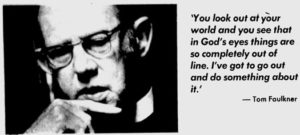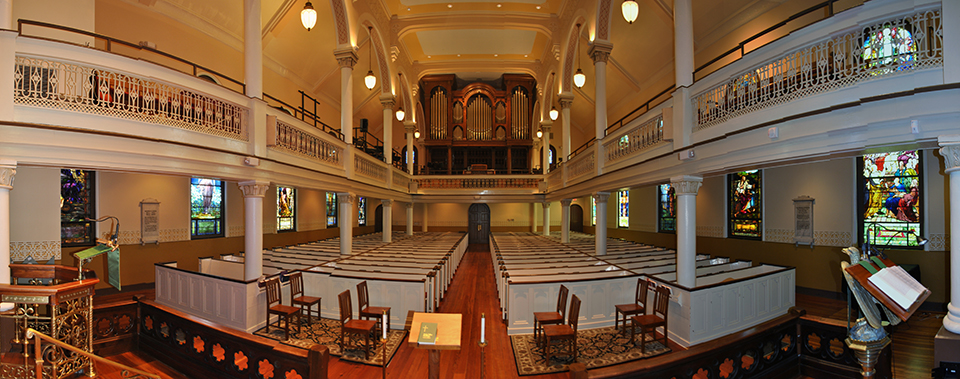St. George’s History comprises individual articles, documents and collections around the 300 year history of St. George’s Episcopal Church, located in Fredericksburg Virginia. This site is unrelated to St. George's main website.
Supplementing them are a category-based search, a content index and a timeline. We have two tour documents - a building summary and a 15 minute walking tour you can take in the church.
If this is your first visit, check out the 2 tours - building summary and a 15 minute walking tour.
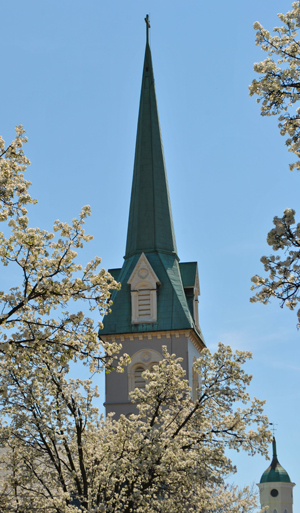
Recent articles
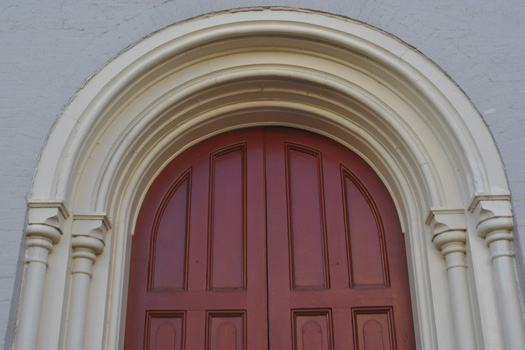
A. Wilson (Rooter) Embrey’s Life in the Choir
Editor’s note – A. Wilson Embrey, Jr was better known as “Rooter” Embrey. Rooter was quite a character as this letter testifies. One of the stories Charles Sydnor told me was about Rooter’s fund raising method. He would call up a friend (Person B) and tell a story about another person (Person A). He would … Read more

St. Paul before Agrippa – Lectionary Article
This is a background article from the Episcopal Cafe that appeared recently about the story behind our stained glass window, “St Paul Before Agrippa.”
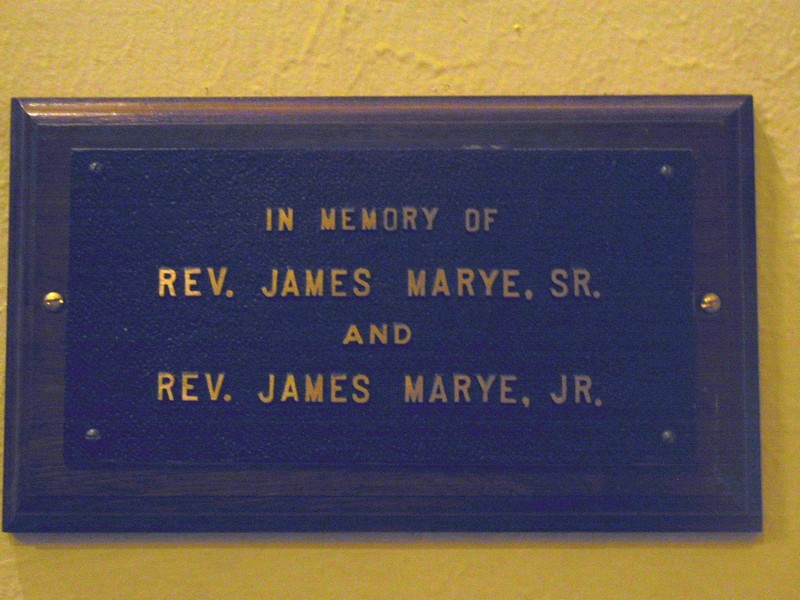
Plaques of the Church – The Rest of Them
Rev. James Marye, Sr. and Jr. The Kenneth Zuhr family arrived at St. George’s on July 7, 1991 from California. Greeted by Mrs. Frances Hewetson they said they were direct descendants of Rev James Marye and Rev. James Marye, Jr. Their years as rectors at St. Georges spanned 1735 to 1780. During the time … Read more

Dabney Herndon Remembers his Father, John Minor Maury
Dabney Herndon Maury was the son of John Minor Maury and the nephew of Matthew Fontaine Maury. He was known for his exploits in the Western theatre of the Civil War. In 1869, he helped to found the Southern Historical Society, which became an important institution for advocates of the Lost Cause view of the war.
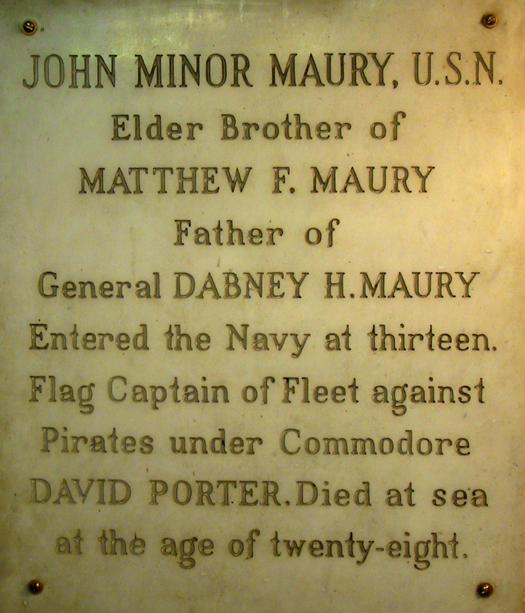
Plaques of the Church – John Minor Maury (1795-1824)
Return to referring page This was part one of a series of articles exploring the individuals who are the subjects of the various plaques located in the Church. Many of these have been recently hung after having been stored during the renovation (2008-2011). Do you notice the plaques? Did you ever want to know more … Read more
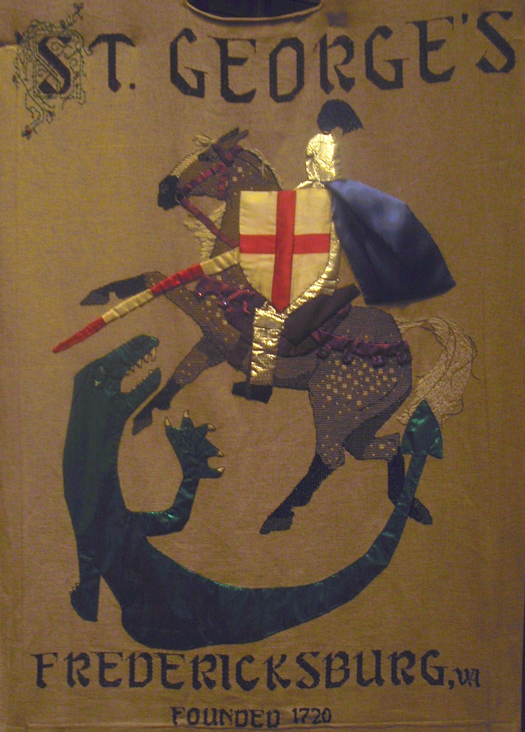
Plaques of the Church – St. George
For 1500 years, the image of St. George has been an inspiration for not only countries (England), churches (Greek, Coptic) but also for various enterprises, such as healing, agriculture. We think of the image of St. George’s dressed in knight regalia, typically riding a white horse lance in hand slaying a groveling dragon, the classic … Read more

Plaques of the Church – George Hume
Many people will never see this plaque. When you come in the “big red door” and go inside the narthex look to the right wall behind the door you will see this large plaque. The Hume memorial should be near the streets he helped to survey but also inside the Church with his contributions to … Read more

Burials recorded in other sources
The Spiritual Autobiography of Rev. Edward McGuire reveals additional burials as Trip Wiggins found out in this research. Only one part of the autobiography has been transcribed and is on file at Virginia Theological Seminary in Alexandria.
1. Carrol Quenzel's History of St. George's
Quenzel's 1951 history is still the standard for the church. He was a librarian for Mary Washington College as well as being active at St. George's, helping to create the St. Georgian newsletter as well as a part of the Vestry. We have the entire book online which was published by St. George's
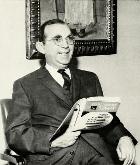
2. The Three Churches of St. George's - Barbara Willis
Barbara Willis was a local historian and writer and long time St. Georgian with her husband Mac. This paper is a detailed summary of the evolution of St. George's church from its wooden colonial church to the impressive 1849 brick building we have today.
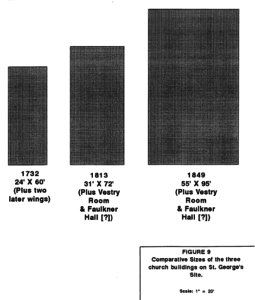
The Civil War may be the most popular historic topic in all of our history. The church served in 3 capacities - as a fortress, center of revival and as a hospital. We have a 9 part series on our role and relationship to Fredericksburg.

McGuire served all 3 churches over the course of 45 years. He is probably the most influential of all our rectors in all phases of ministry from preaching, teaching, and outreach. Trip Wiggins, our archivist, wrote this for a Sunday school class and has been teaching classes for years
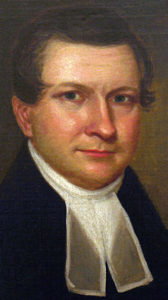
5. Charles Syndor on Social Policy
Charles Sydnor served St. George's from 1972-2003 and was responsible for furthering Thomas Faulkner's outreach ministries and creating new ones. This paper he wrote in 2009 was for an adult forum in that year.
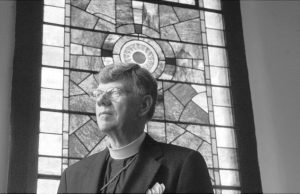
6. Tom Faulkner confronts the Vestry on race
Faulkner served St. George's for 30 years from 1946-1976. During these years racial policies were paramount, especially 1954, in the year of Brown vs. Board of Education, Faulkner was challenged by the Vestry on the role of Blacks in our service. He was able to move St. George's toward racial justice that other rectors would further
